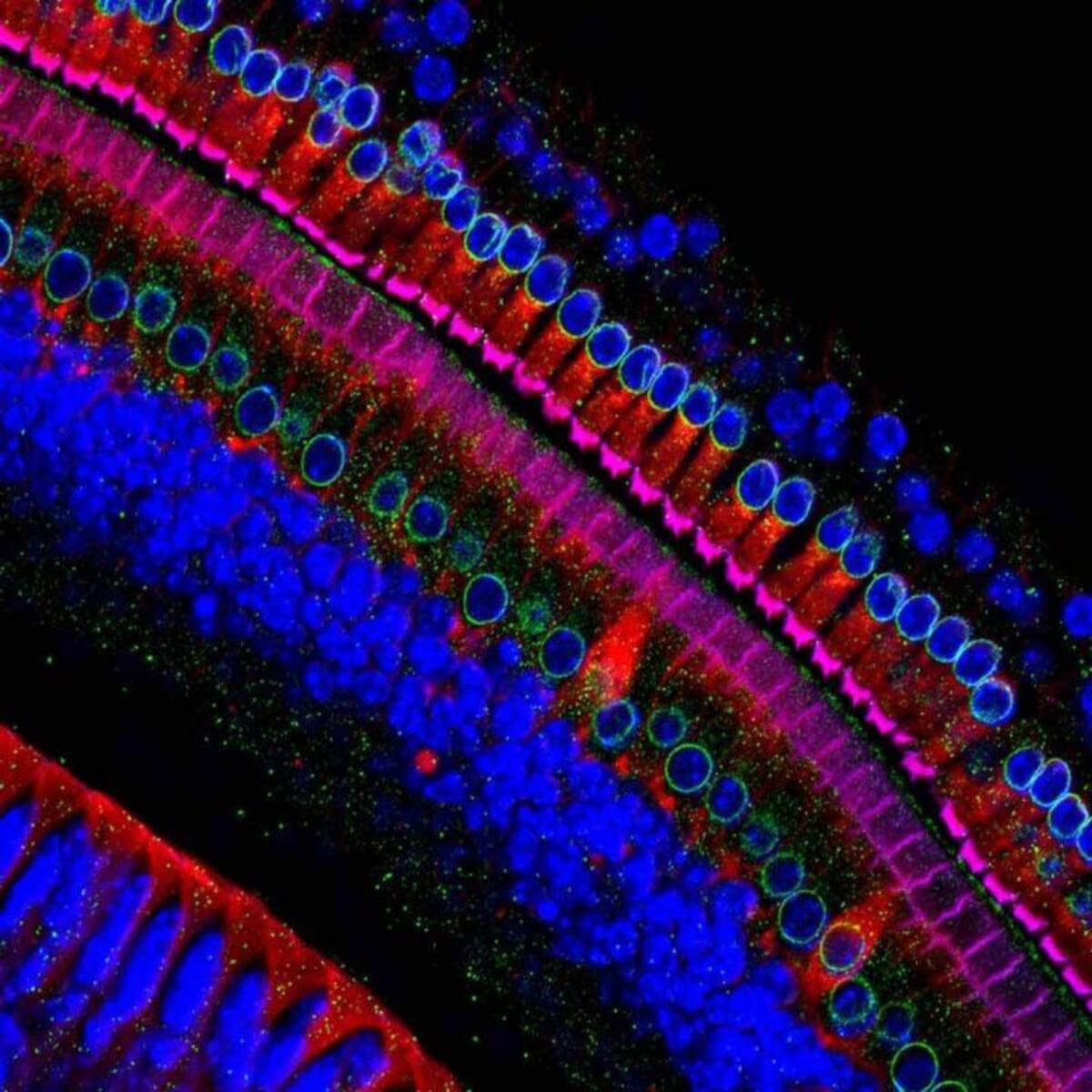SAN FRANCISCO — Could a cure for deafness be on the way? A revolutionary study is offering hope for new treatments. Researchers at the University of California-San Francisco (UCSF) have made a landmark discovery in the field of audiology: a gene that connects deafness to cell death in the human inner ear.
This breakthrough could pave the way for innovative strategies to prevent hearing loss, a condition that affects millions worldwide due to factors like loud noise exposure, aging, and certain medications.
The study bridges animal research on hearing loss with a rare form of inherited deafness in humans. The key discovery revolves around the TMTC4 gene. Mutations in this gene trigger a process known as the unfolded protein response (UPR), leading to the death of vital cells in the inner ear called hair cells.

The UCSF team found that the same UPR process is activated in hair cells due to loud noise exposure or drugs like cisplatin, a chemotherapy agent. This suggests that UPR could be a common denominator in various forms of deafness.
Researchers note that there are several drugs that block the UPR – and stop hearing loss – in laboratory animals, making a strong case for testing these drugs in humans at risk of hearing impairment.
“Millions of American adults lose their hearing due to noise exposure or aging each year, but it’s been a mystery what was going wrong,” says study co-senior author Dr. Dylan Chan, director of the Children’s Communication Center (CCC) in the UCSF Department of Otolaryngology, in a university release. “We now have solid evidence that TMTC4 is a human deafness gene and that the UPR is a genuine target for preventing deafness.”
The journey to this discovery began in 2014 when Dr. Elliott Sherr, another study co-senior author from UCSF, observed that several young patients with brain malformations had mutations in TMTC4. Subsequent animal studies revealed that mice with TMTC4 mutations, although appearing normal initially, eventually lost their hearing.
“We expected mice with TMTC4 mutations to have severe brain defects early on, like those pediatric patients, yet to our surprise, they seemed normal at first,” notes Dr. Sherr. “But as those animals grew, we saw that they didn’t startle in response to loud noise. They had gone deaf after they had matured.”
Drs. Sherr and Chan’s collaboration led to the understanding of how TMTC4 mutations prime hair cells to self-destruct. They found that ISRIB, a drug developed at UCSF to block the UPR in brain injuries, prevented noise-exposed animals from going deaf.

Further strengthening the link between TMTC4 and human deafness, in 2020, a team from South Korea found TMTC4 mutations in two siblings experiencing hearing loss in their mid-20s. This finding echoed Drs. Chan and Sherr’s results, proving TMTC4’s role as a deafness gene in humans.
“It’s rare to so quickly connect mouse studies with humans,” says Dr. Sherr. “Thanks to our Korean collaborators, we could more easily prove the relevance of our work for the many people who go deaf over time.”
The implications of understanding TMTC4 mutations are vast. Not only does it offer a new perspective on progressive deafness, but it also provides insights into how noise, aging, or drugs like cisplatin damage the inner ear. The team envisions a future where individuals exposed to loud noises or undergoing cisplatin treatment could take a drug that inhibits the UPR, thus preserving their hearing.
Additionally, this research opens doors to exploring the UPR’s role in other neurological conditions, such as Alzheimer’s or Lou Gehrig’s disease.
“If there’s any way that we can get in the way of the hair cells dying, that’s how we’re going to be able to prevent hearing loss,” concludes Dr. Chan.
The study is published in The Journal of Clinical Investigation.
You might also be interested in:
- Unexpected ‘doorway’ into the ear could give doctors new ways of curing deafness
- Study challenges long-held theories about human hearing
- Genetic cause of hearing loss discovered, may lead to cure for deafness

Please urgently release the Medicine for sensorial hearing loss cure regarding.please, please.